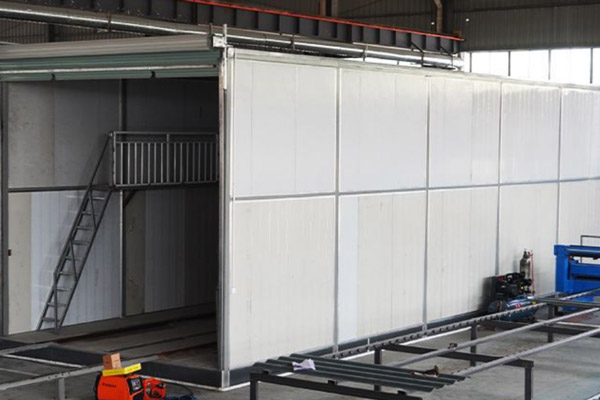In recent years, the humble shipping container has transcended its original purpose as a mere vessel for transporting goods across the globe. It has emerged as a versatile medium for artistic expression and commercial innovation. The phenomenon known as "container culture" is reshaping urban landscapes, fostering creativity, and providing new avenues for economic development. Zhengyu Container Factory Company explores how shipping containers are bridging the gap between art and commerce, transforming cities, and influencing contemporary culture.
Shipping containers were first introduced in the 1950s as a solution to the inefficiencies of cargo transport. Their standardized dimensions made them ideal for stacking and transporting goods across various modes of transportation—ships, trucks, and trains. However, their robust and modular design has caught the attention of artists, architects, and entrepreneurs, leading to a creative reimagining of their potential.
Artists around the world have embraced shipping containers as a canvas for their creativity. From large-scale murals to intricate installations, these containers have become a medium for public art that engages communities. Festivals and events such as the Container Park in Las Vegas and the Container City in London showcase how containers can be transformed into vibrant art spaces that bring people together.
One notable example is the "Container City" project in East London, where old shipping containers have been converted into affordable housing and artist studios. This project not only provides a platform for artistic endeavors but also addresses the pressing issue of urban housing shortages. The unique aesthetic of container architecture has sparked interest among architects and designers, leading to innovative designs that challenge conventional notions of space and structure.

The integration of shipping containers into commercial ventures has also gained momentum. Pop-up shops, food stalls, and small businesses are utilizing containers as cost-effective solutions for retail spaces. Container markets, such as the Smorgasburg in Brooklyn, New York, have become popular destinations for food lovers and entrepreneurs, allowing small businesses to thrive in a shared environment.
Moreover, companies are exploring the potential of containers for eco-friendly and sustainable business models. With a focus on recycling and repurposing materials, businesses are finding innovative ways to create unique customer experiences while minimizing their environmental impact. For instance, container-based cafes and restaurants often feature local produce and sustainable practices, attracting eco-conscious consumers.
The rise of container culture is not merely an aesthetic trend; it is also a catalyst for urban revitalization. Cities facing economic decline and vacant lots have found new life through container projects. By transforming underutilized spaces into cultural hubs, these initiatives contribute to community engagement and economic development. Local artists and entrepreneurs are given the opportunity to showcase their talents, fostering a sense of ownership and pride among residents.
Cities like Toronto and Melbourne have seen the successful integration of shipping containers into their urban fabric. The Toronto Container Market and Melbourne's Fed Square have turned once-neglected areas into bustling centers of activity, drawing visitors and revitalizing local economies.
Despite the positive aspects of container culture, there are challenges and criticisms to consider. Some argue that the commercialization of art spaces can dilute the original intent of artistic expression, turning creativity into a commodity. Additionally, the rapid proliferation of container projects raises questions about gentrification and the displacement of long-standing residents in urban areas.
It is essential for city planners and community organizers to strike a balance between fostering creativity and ensuring that local voices are heard in the development process. Collaborative initiatives that involve artists, residents, and businesses can help create inclusive spaces that reflect the community's identity.
Container culture exemplifies the dynamic interplay between art and commerce in contemporary society. As shipping containers continue to evolve from functional objects into platforms for creativity and entrepreneurial ventures, they challenge us to rethink our urban environments. By harnessing the potential of these versatile structures, cities can foster innovation, support local economies, and cultivate vibrant communities. The confluence of art and commerce in container culture not only enriches our landscapes but also encourages a deeper appreciation for the creativity that thrives within urban spaces. As we look to the future, the possibilities for container culture are as limitless as the imagination itself.


